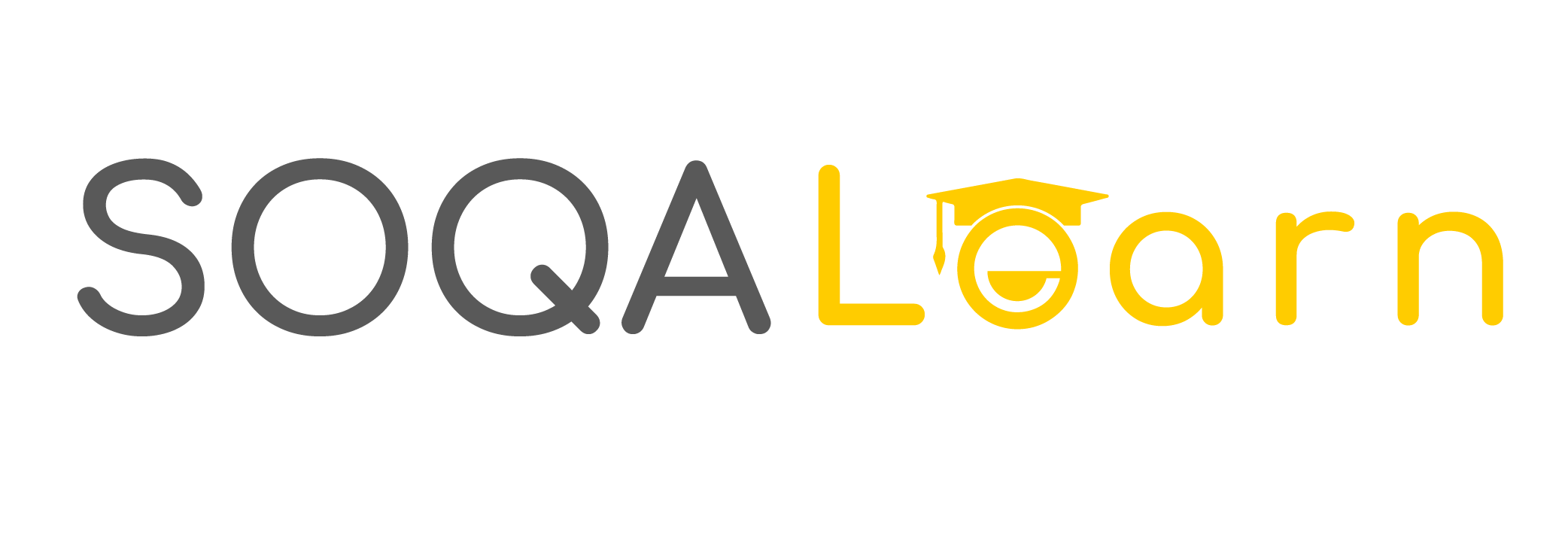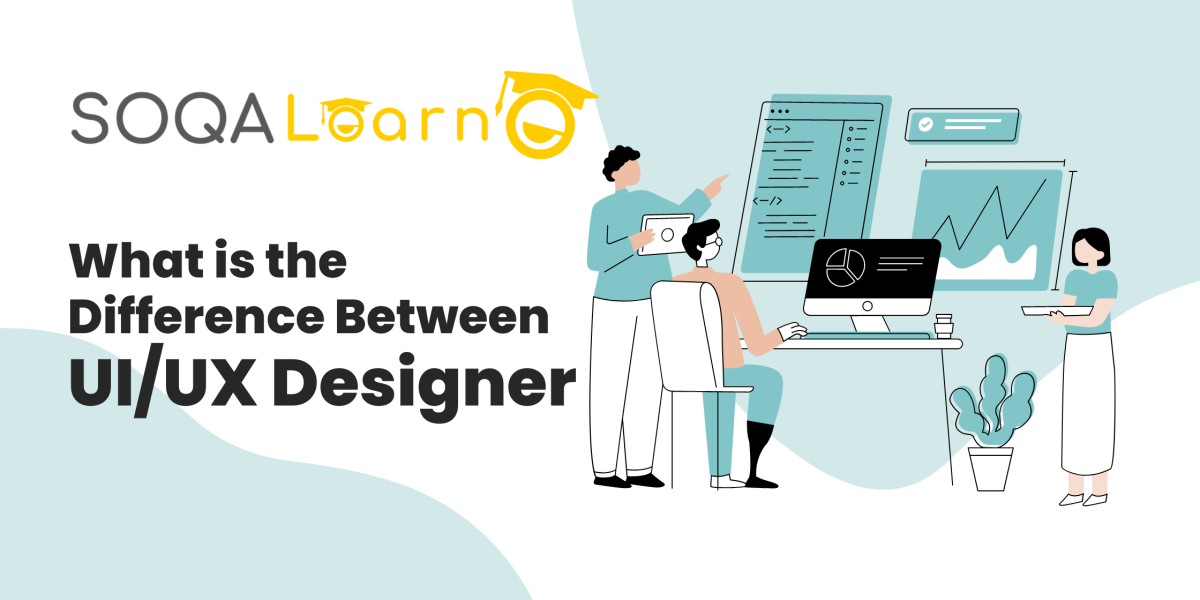UI and UX designers are two of the most important roles in product design, but they often get confused. Learn the difference between UI and UX designer, what skills each requires, and how they work together to create a successful product.
What Are UI and UX Design?
UI stands for User Interface design, where designers create visual elements to establish the look and feel of an interface. UX stands for User Experience design, where designers focus on making it easy for users to accomplish their goals. The lines between UI and UX designer can often be blurred as they work together to explore multiple approaches to solve user problems.
The main difference between the two is that UI design focuses on the aesthetics, while UX design emphasizes improving the user experience. UI designers focus on how a product’s interface looks and works, while UX designers are more concerned with how easy it is to navigate through a product’s interface. To create an effective product, both UI and UX should be taken into account throughout each stage of the design process. A successful design must consider user needs while also presenting an aesthetically pleasing visual experience.
When it comes to UX design, the goal is to create a product that’s intuitive and easy for users to navigate. This includes considering how the user will interact with the product, what their motivations are, how the interface looks and feels, and any potential usability issues that need to be addressed. Meanwhile, UI design focuses on developing an interface that’s visually appealing and easy on the eyes. UI designers take into account elements like typography, color choice, grids/layouts/sectioning, aesthetics of components used in the design (buttons, icons etc.), and animations used within interfaces. Ultimately, both UI and UX should work together seamlessly so that users find whatever they are looking for quickly and easily.
What Does a UI Designer Do?
UI designers create and modify the visual elements of an interface. They focus on how visuals look, feel, and interact with each other- from buttons and menu options to page layout and color scheme. Their job is to make sure an interface looks attractive while ensuring it is logical and intuitive to interact with. UI designers may also have the opportunity to provide animation or create illustrations for an interface.
In contrast, a UX designer focuses on the user experience of an application or digital product. Their job is to create a journey though the interface that is simple and enjoyable for users, as well as taking into consideration any possible problems users may come across when using the product. This often involves making iterative changes to interfaces based on user feedback, creating user stories outlining expected behaviors, and creating wireframes and mockups to demonstrate functionality and structure. UX designers strive to make products more intuitive and efficient for people to interact with.
What Does a UX Designer Do?
A UX designer, on the other hand, focuses more on how an interface works. They create user journeys and wireframes to define how different parts of a product should interact with each other. UX designers determine the best way for people to access information and make sure interactions are efficient and enjoyable. They also conduct user research, analyze customer feedback and behavior, and use testing to optimize designs.
Generally speaking, a UI designer is responsible for the look and feel of a product. Their primary focus is on visual aspects such as colors, typography, and layout. UI designers also create design systems with reusable elements that developers can draw on when coding an interface. They often work closely with motion designers to create the various interactions and animations users will encounter when using an app or website.
The Differences Between Mobile and Web Interfaces
Additionally, UX designers should have an understanding of the differences between mobile and web interfaces. Mobile designs require a different approach from web design as they need to be able to account for small touch screens and varying operating systems. The interface must be responsive, intuitive, and easy to use in order to make the experience enjoyable.
User Interface (UI) designers are responsible for the user experience. The designer creates visuals that users interact with, such as buttons and menus. They ensure that all visuals meet the needs of users in terms of aesthetics, accessibility, and usability. UI designers will use the latest design tools to produce high-quality visuals that provide a positive user experience. UX designers are focused on understanding how a user experiences an interface or product. A UX designer must take into consideration how users interact with an interface in order to identify any areas of improvement or make changes accordingly. They pay attention to details like clarity of content and appropriateness of design elements, as well as functionality and accessibility across different platforms.
Pros/cons of UI and UX Designer as a Career Path
UI design can be a great career path for those who want to focus more on the visual aspects of interface design. It’s a role that requires creativity and imagination, as well as technical skills. However, it can also be a challenging role and if you don’t have the right combination of creative and technical skills, it may not necessarily be the best job for you. On the other hand, UX design is an ideal job for someone with both creative and technical skills, since it involves developing user-friendly interfaces from both perspectives.
UI designers are responsible for creating the look and feel of an interface, while UX designers are responsible for optimizing user experience. UI focuses on aesthetics and creating visually appealing designs, while UX focuses on ensuring that the user has a pleasant experience while using the product. A successful UI designer will master important skills such as typography, illustration, iconography, animation and more, in order to create high-quality user interfaces. A successful UX designer, however, must have a keen eye for detail and understand how users interact with digital products in order to design effective solutions.
Learn UI/UX Designer with SOQALearn
Our UI/UX program is designed to teach you how to plan, create structures, and build a web or mobile application using a prototype-ready-for-testing methodology. You will also gain an understanding of how to use visual design, interaction design, and usability to boost product satisfaction and customer loyalty. You will also be able to successfully complete a real-life hands-on project as a part of the course requirement.
- Live online lectures
- Next session starts March 2023
- Start free classes for a month
- 50% off tuition fee limited time only
Start your IT career with us and keep up with the ever-evolving world of technology. Book a quick 05-minute intro call with one of our enrollment specialists today!



